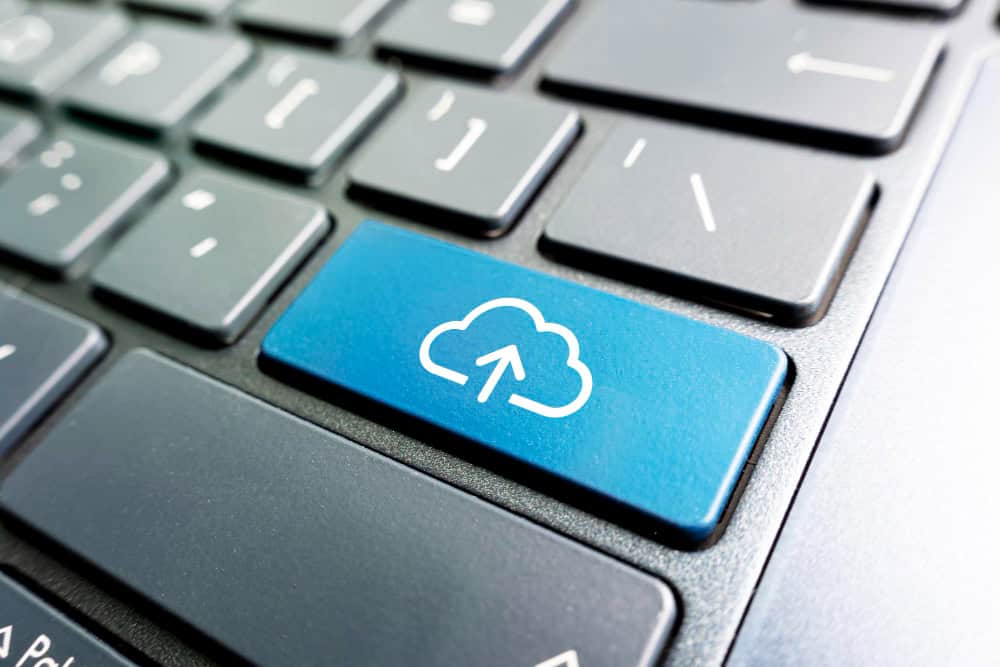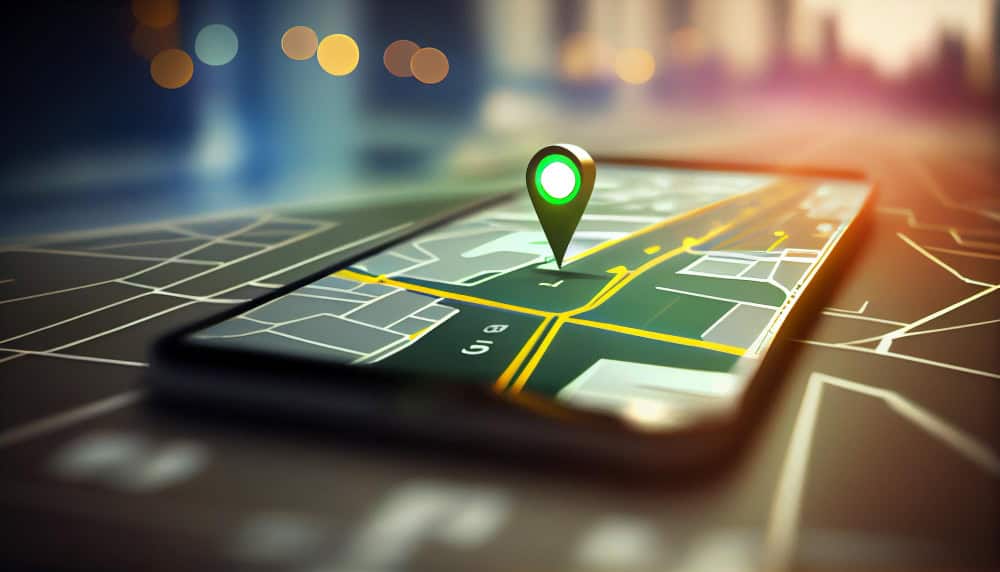The Telecommunications industry is experiencing a monumental shift driven by the emergence of 5G technology and the demand for enhanced digital services. Telcos are transitioning from traditional B2B frameworks to more customer-centric approaches, focused on directly engaging with end-users to deliver tailored solutions like B2B2X models. This B2B2X model is a more expansive approach that encompasses direct engagement with end-users (consumers and businesses alike) and collaboration with various ecosystem partners. This shift is underscored by the continued strong uptake of 5G, with around 600 million new subscriptions added globally during 2023, according to Ericson’s latest mobility report. The blog below examines how the B2B2X business model has emerged as a key strategy for Telcos to adapt, thrive and grow in today’s digital era.
Table of Contents
Toggle
Understanding the B2B2X Business Model
Traditionally, Telcos have operated within a B2B framework and business model, serving as intermediaries between businesses and the infrastructure that powers connectivity. Due to this, their core offerings were focused on providing reliable communication channels which facilitated commerce, communication, and collaboration. With digital transformation taking centre stage and the emergence of 5G technology, there has been a monumental shift in the Telecommunications sector, especially where digital services are concerned.
From a Telco perspective, this has led to re-examining and redefining a Telcos’ role in the value chain. What do we mean by this? In simple terms, Telcos are now looking towards a more customer-centric approach where the end-user experience is the focus. In this way, Telcos are wanting to engage more directly with end users and leverage their infrastructure and expertise to deliver value-added services and solutions. The B2B2X business model helps to facilitate this as it emphasises the collaboration between Telcos, businesses and end-users to create holistic solutions.
This business model ultimately leverages the Telcos infrastructure, network capabilities and customer insights to deliver tailored services that address specific needs and challenges. For example, Telco-healthcare partnerships enable the deployment of remote patient monitoring, telemedicine, and health-tracking services to improve patient outcomes. Another great example is collaborations in smart city initiatives that facilitate the deployment of IoT-enabled infrastructure for enhanced urban management and public services. Connected car ecosystems are another example that involves partnerships between Telcos, automakers, and technology providers to deliver connected car services such as navigation, entertainment, and vehicle diagnostics.
In the Telco industry, B2B2X represents a shift from traditional business models focused solely on providing connectivity services to one emphasising partnership and ecosystem development. By embracing B2B2X, Telcos can diversify their revenue streams, tap into new markets, and create innovative solutions that address the evolving needs of businesses and consumers. This is especially important in the era of 5G adoption.
The Dynamics of 5G Technology on the B2B2X Business Model
Now that we understand the context of the B2B2X business model within the telecommunications industry, it is important to unpack and address why this is so important in relation to 5G deployment.
According to the latest Ericsson Mobility Report, the focus on 5G is intensifying, with deployments in several regions contributing to global population coverage reaching 40 per cent by the end of 2023. The report also highlights that 5G subscriptions are rising in every region, including Sub-Saharan Africa. 5G mobile subscriptions are also expected to exceed 5.3 billion in 2029. The growth of 5G technology is undeniable and provides Telcos looking to implement the B2B2X business models with several opportunities that include:
- High-Speed Connectivity: 5G technology offers significantly faster speeds and lower latency compared to previous generations of wireless technology. This enables various innovative applications and services that rely on real-time data transmission, such as augmented reality, virtual reality, autonomous vehicles, and remote healthcare. B2B2X partnerships allow Telcos to collaborate with businesses across different sectors to develop and deliver these high-bandwidth, low-latency services.
- Massive IoT Connectivity: 5G networks are designed to support a massive number of connected devices simultaneously. This capability is crucial for the growth of IoT (Internet of Things) devices across various industries, including manufacturing, agriculture, transportation, and smart cities. Through B2B2X partnerships, Telcos can provide the connectivity infrastructure and management platforms necessary to support large-scale IoT deployments, enabling businesses to leverage IoT data for improved efficiency, productivity, and customer experiences.
- Edge Computing: 5G networks facilitate edge computing, which involves processing data closer to the source of data generation, reducing latency and bandwidth usage. Edge computing is essential for applications that require real-time processing, such as autonomous vehicles, industrial automation, and immersive multimedia experiences. By collaborating with businesses in different sectors through B2B2X models, Telcos can deploy edge computing resources at strategic locations, enabling businesses to access and process data more efficiently.
- Ecosystem Collaboration: The 5G ecosystem is highly complex, involving multiple stakeholders, including Telcos, technology providers, device manufacturers, application developers, and end-users. B2B2X partnerships enable Telcos to collaborate with various ecosystem players to co-create and deliver innovative solutions that address specific industry needs and use cases. By leveraging their network infrastructure, expertise, and customer base, Telcos can act as catalysts for ecosystem collaboration, driving innovation and value creation across industries.
From the above, it is clear that B2B2X partnerships are essential in the era of 5G as they enable Telcos to leverage the capabilities of 5G networks to develop and deliver innovative services, support massive IoT deployments, facilitate edge computing, and drive ecosystem collaboration. By embracing B2B2X models, Telcos can capitalise on the opportunities presented by 5G technology and establish themselves as key enablers of digital transformation across industries.

Challenges in Implementing B2B2X Business Models
There is no doubt that a B2B2X model would be beneficial for Telcos of the future, especially in the context of digital transformation. Still, there are several challenges that need to be navigated to make this possible.
Regulatory and compliance considerations pose significant challenges in B2B2X implementations, mainly due to the diverse nature of partnerships and collaborations involved. Telcos must navigate complex regulatory frameworks governing data privacy, security, and consumer protection across multiple jurisdictions. Ensuring compliance with General Data Protection Regulation (GDPR) regulations and industry-specific standards requires detailed planning and robust governance mechanisms.
Technical challenges also impact B2B2X implementations, specifically interoperability and integration across various systems and platforms. Telcos must overcome interoperability issues caused by these different technologies, protocols, and data formats, which partners in the ecosystem use. Standardisation and open Application Programming Interfaces (APIs), therefore, become essential in facilitating seamless integration and data exchange between stakeholders. Additionally, ensuring the scalability, reliability, and security of interconnected systems is another technical challenge that requires careful consideration and strategic investment in infrastructure and cybersecurity measures.
By addressing regulatory and compliance considerations and overcoming the technical hurdles related to interoperability, Telcos can effectively implement B2B2X models and unlock the full potential of collaborative business ecosystems in the 5G era.
Conclusion
The B2B2X business model represents a significant shift in the Telecommunications industry, which has been driven by the accelerated adoption of 5G and the need for digital services. Telcos are transitioning from traditional B2B frameworks to more customer-centric approaches, directly engaging with end-users to deliver tailored solutions. By leveraging partnerships with businesses and end-users, Telcos can diversify revenue streams and drive innovation across industries. The shift to the B2B2X model signifies Telcos’ adaptation to 5G and the evolving digital landscape, where innovation, adaptability and collaboration are key to success.

Effectively manage your IoT ecosystem with IoT Connectivity

Steven Sutherland experienced Adapt IT Divisional Executive, dynamic business leader for their Telecoms Division with a demonstrated 25-year history in the telecommunications and IoT sectors. Strong global marketing, sales, and business development professional with 15 plus years focused experience in the Southern and Rest-of-Africa markets and a unique blend of entrepreneurial spirit combined with a passion for both technology and business.
At Adapt IT Steven is responsible for building and growing the Telecoms Division on top of its industry-proven software competencies including but not limited to Customer Experience and Self Service, NextGen VAS, IoT, FINTECH, and Advanced Analytics. Steven is always looking forward to an opportunity to demonstrate the value that his 20 plus years of experience in these disciplines can bring to your business




